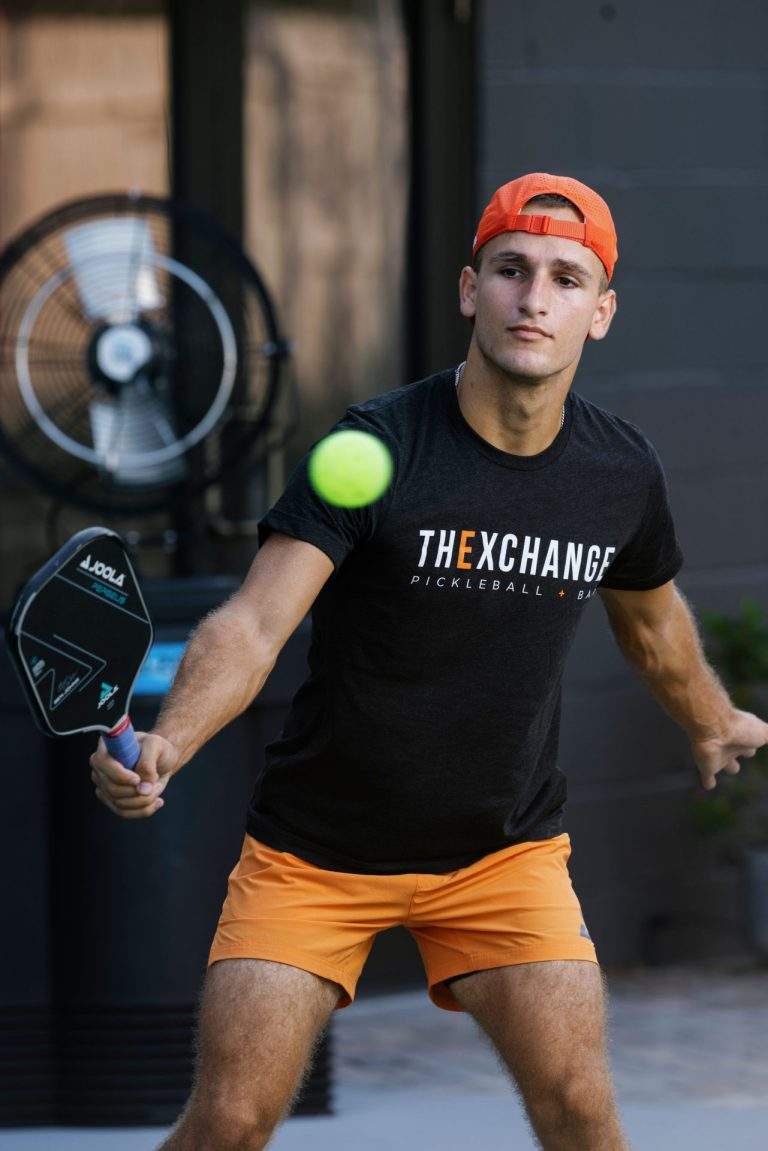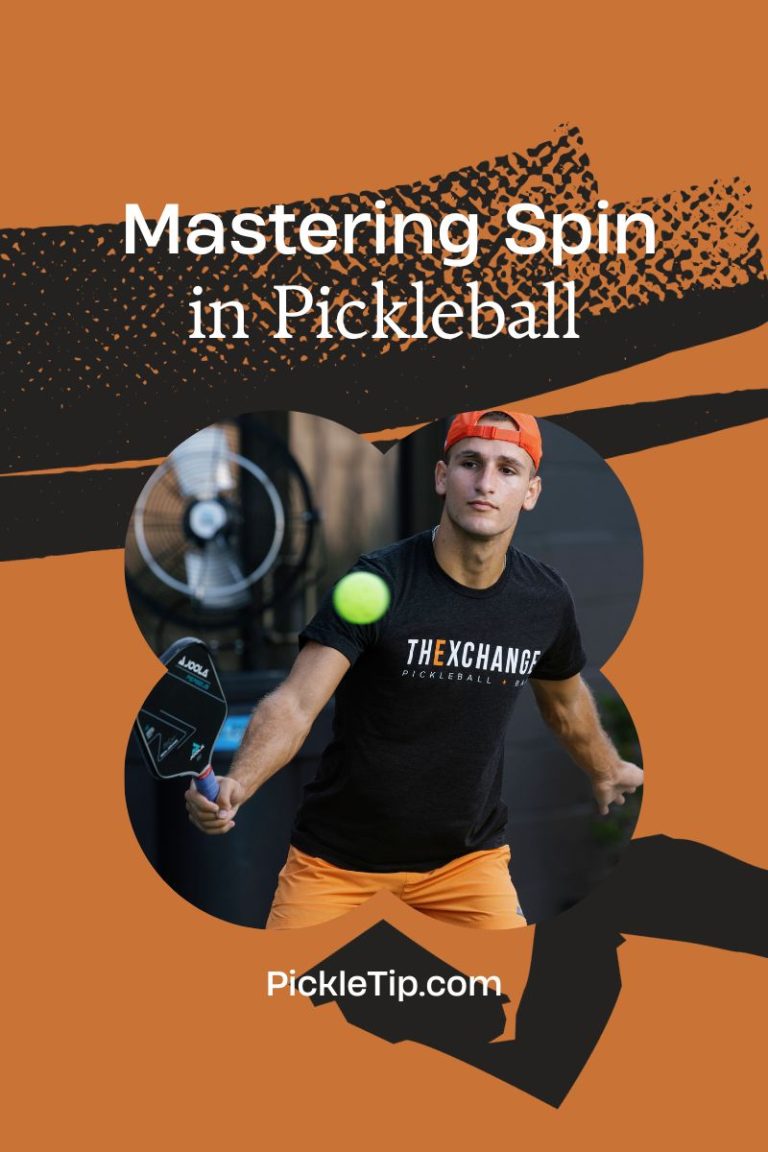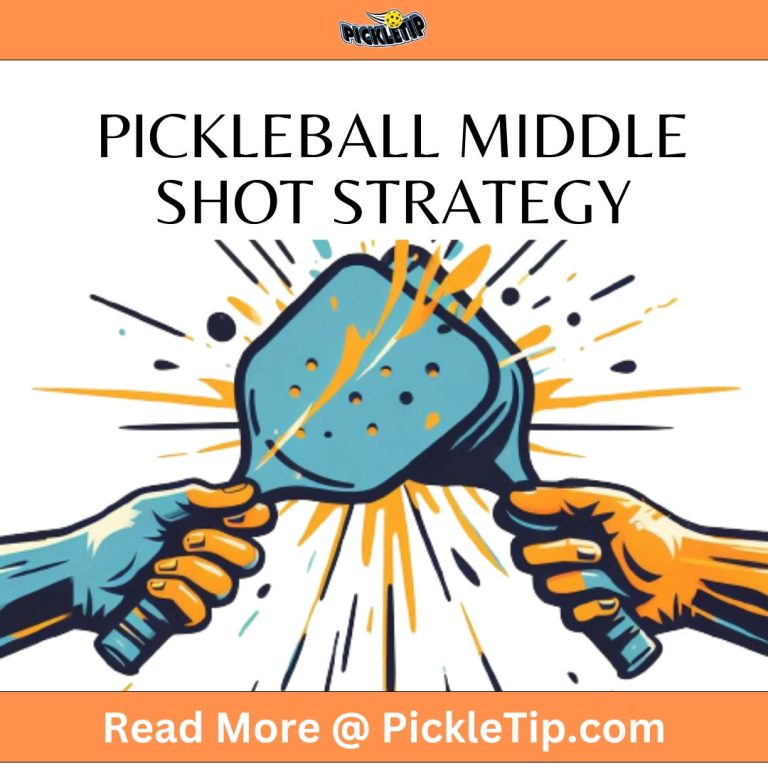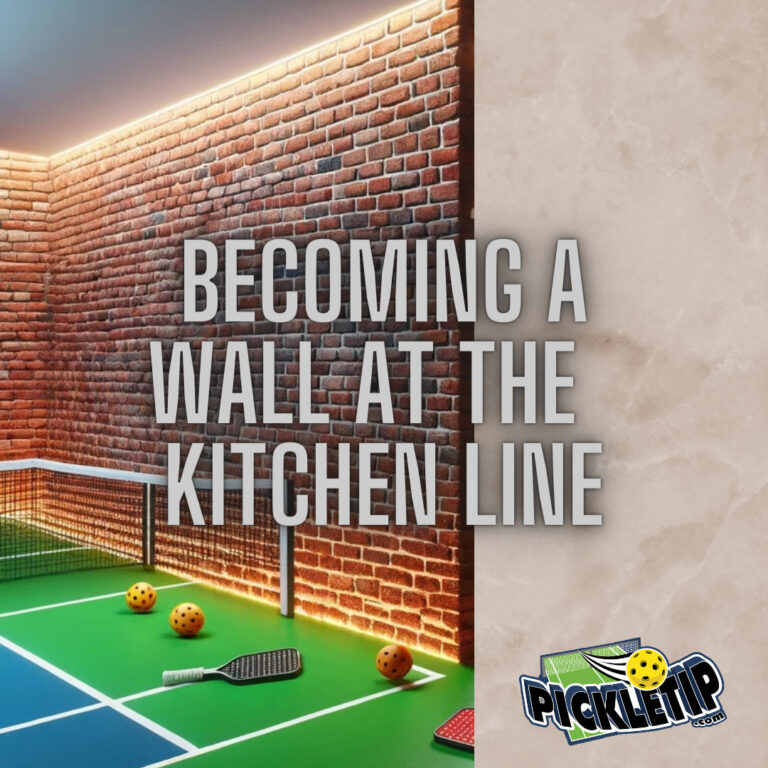High-Level Pickleball Strategy: Mastering the Art of Poaching
Pickleball, a sport that beautifully merges elements from tennis, badminton, and ping pong, has seen a surge in popularity. Played on a court roughly a third the size of a tennis court, pickleball requires players to wield solid paddles and a perforated plastic ball. The game welcomes players of all skill levels, from casual enthusiasts to seasoned professionals. Success in pickleball hinges on High-Level Pickleball Strategy – a blend of physical prowess, mental acumen, and seamless teamwork.
The Shake and Bake Poach: A Closer Look
In the realm of pickleball, ‘poaching’ is when a player ventures into their partner’s side of the court to take a shot that would typically be their partner’s responsibility. The “shake and bake” is a nuanced form of poaching. It involves a player feigning a move towards the court’s center, only to swiftly shift and intercept the ball on the opposite side.
This tactic demands rapid reflexes, keen anticipation, and impeccable communication between partners. High-Level Pickleball Strategy: When executed correctly, the “shake and bake” can catch opponents off guard, giving the poaching team a distinct advantage.
Poaching for Intermediate Players: Tips and Tricks
While the “shake and bake” is a High-Level Pickleball Strategy best suited for advanced players, intermediate players can also benefit from the art of poaching. Here are some guidelines to help intermediate players integrate poaching into their game:
- Communication is Key: Ensure you and your partner are on the same page. Understand each other’s strengths, weaknesses, and playing styles to anticipate moves and make split-second decisions.
- Master the Art of Anticipation: Keep a close eye on your opponents. Their body language, paddle position, and ball trajectory can offer clues about their next move. Use this information to predict where the ball will land and position yourself accordingly.
- Commit to the Poach: Once you decide to poach, go for it wholeheartedly. Any hesitation can lead to missed opportunities or leave your side exposed.
- Strategic Positioning: Place yourself in a spot where you can easily cut off the ball’s trajectory. This often means moving towards the court’s center or targeting the weaker opponent.
- Practice Makes Perfect: Regularly practice your poaching skills. Engage in reflex drills, footwork exercises, and anticipation training. Simulate game situations, analyze your performance through video recordings, and always seek ways to refine your skills.
Switching Sides After a Poach
When a player poaches in pickleball, it’s often a good idea for the partners to switch sides of the court after the poach. Here’s why:
- Maintaining Court Coverage: After a player poaches, there’s a temporary imbalance on the court, with one side being more exposed. By switching sides, partners can quickly restore balance and ensure that both sides of the court are adequately covered.
- Optimal Positioning: The player who didn’t poach is typically in a better position to cover the side of the court that the poaching player has just vacated. Switching ensures that both players are optimally positioned to handle the next shot.
- Avoiding Collisions: If partners don’t switch after a poach, there’s a risk of them colliding or getting in each other’s way on subsequent shots. Switching sides helps prevent this by giving each player a clear area of responsibility.
- Maintaining Offensive Pressure: Switching sides allows the team to maintain an offensive stance. The player who didn’t poach can be ready to attack or defend the next shot, while the poaching player repositions.
- Strategic Advantage: Switching sides can also be a strategic move. If one player has a stronger forehand or backhand, switching sides can position that player to use their strength against the opponents’ weaknesses.
The Forehand Advantage in Poaching
Poaching with the forehand is generally preferred in pickleball for several reasons, and it often yields the best results. Here’s why:
- Power and Control: The forehand stroke typically allows players to generate more power and control compared to the backhand. This means that a poach executed with the forehand can be more forceful and precise.
- Wider Reach: The natural motion of the forehand swing extends the paddle further out, giving the player a wider reach. This can be especially advantageous when trying to intercept a ball that’s slightly out of position.
- Natural Body Movement: For many players, moving across the court to poach with a forehand feels more natural and fluid. The body’s rotation during a forehand stroke can also add momentum to the shot.
- Versatility: The forehand allows for a wider range of shot options. Players can easily add spin, slice, or drive the ball down with a forehand poach, making it more challenging for opponents to predict and counter.
- Confidence: Many players feel more confident and comfortable executing aggressive shots with their forehand. This confidence can make a significant difference in the effectiveness of the poach.
Implementing the Fake Poach
Implementing a fake poach can be a highly effective strategy in pickleball, especially when used in tandem with a partner who is attuned to the tactic. Here’s a breakdown of how and why a fake poach can be beneficial:
- Advantages of a Fake Poach: Misdirection: By faking a poach, you can mislead your opponents into thinking you’re committing to a particular shot or direction. This can cause them to shift their positioning in anticipation, leaving a portion of their court vulnerable.
- Creating Open Spaces: When opponents react to a fake poach, they often leave gaps in their defense. A well-timed groundstroke by the non-poaching partner can exploit this open space, making it challenging for the opponents to return the ball.
- Psychological Edge: Regularly using fake poaches can keep your opponents on their toes, making them second-guess your intentions. This uncertainty can lead to errors, hesitations, or poor shot choices on their part.
- Versatility: The beauty of the fake poach is its adaptability. Depending on the opponents’ reactions, the non-poaching partner can decide to hit a groundstroke, drop shot, or even a lob, choosing the best option based on the situation.
High-Level Pickleball Strategy:
In conclusion, mastering the art of poaching in pickleball can significantly elevate your game. Whether you’re an intermediate player looking to add a new dimension to your strategy or a pro aiming to perfect the “shake and bake,” consistent practice and a keen understanding of the game’s nuances are crucial. So, gear up, communicate with your partner, and get ready to poach your way to victory on the pickleball court!







